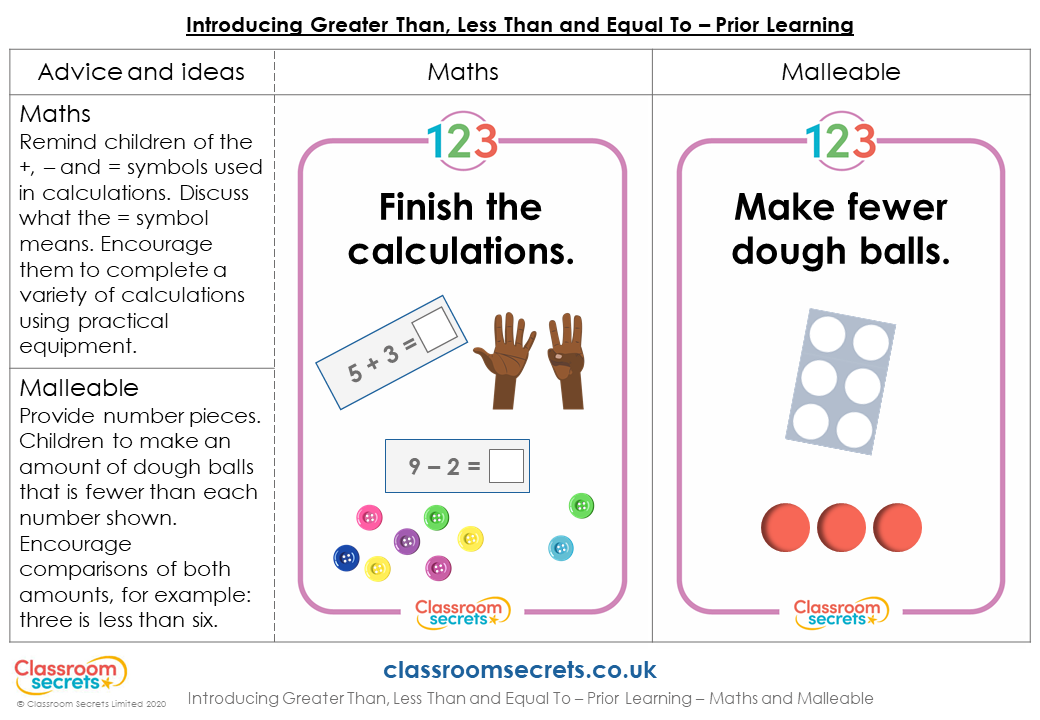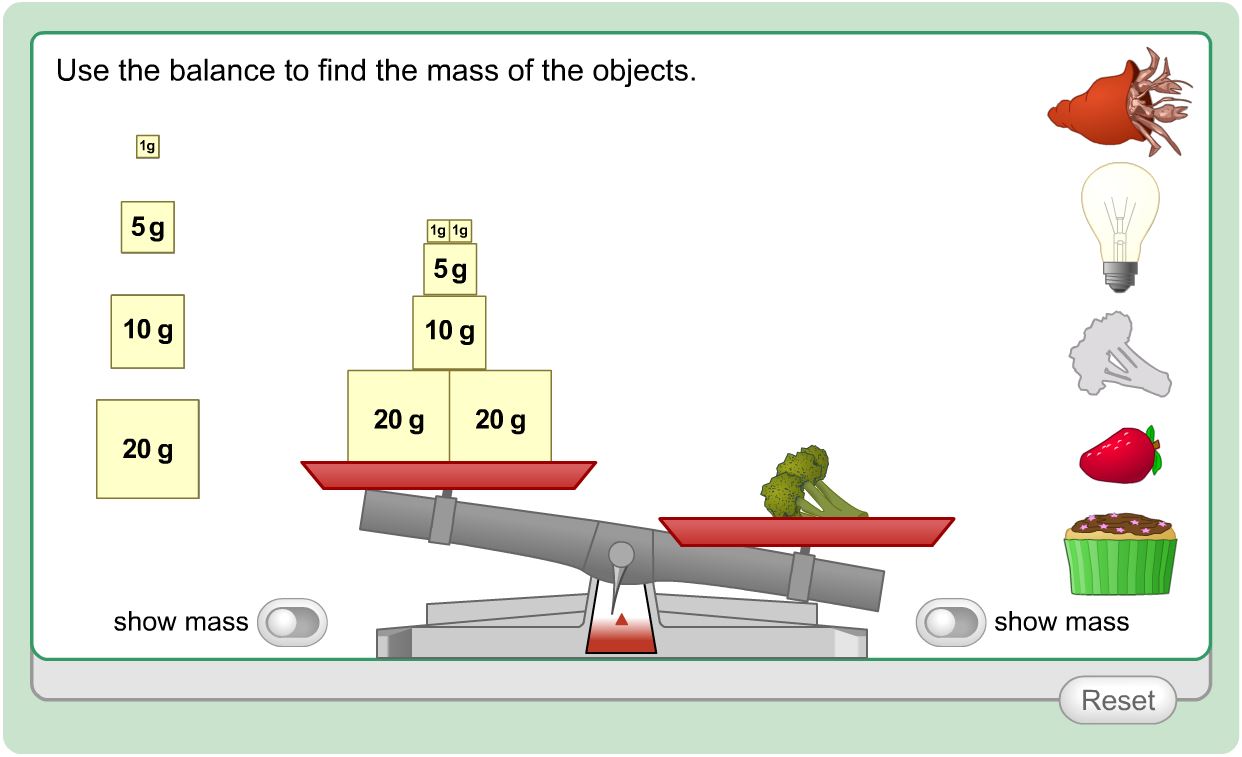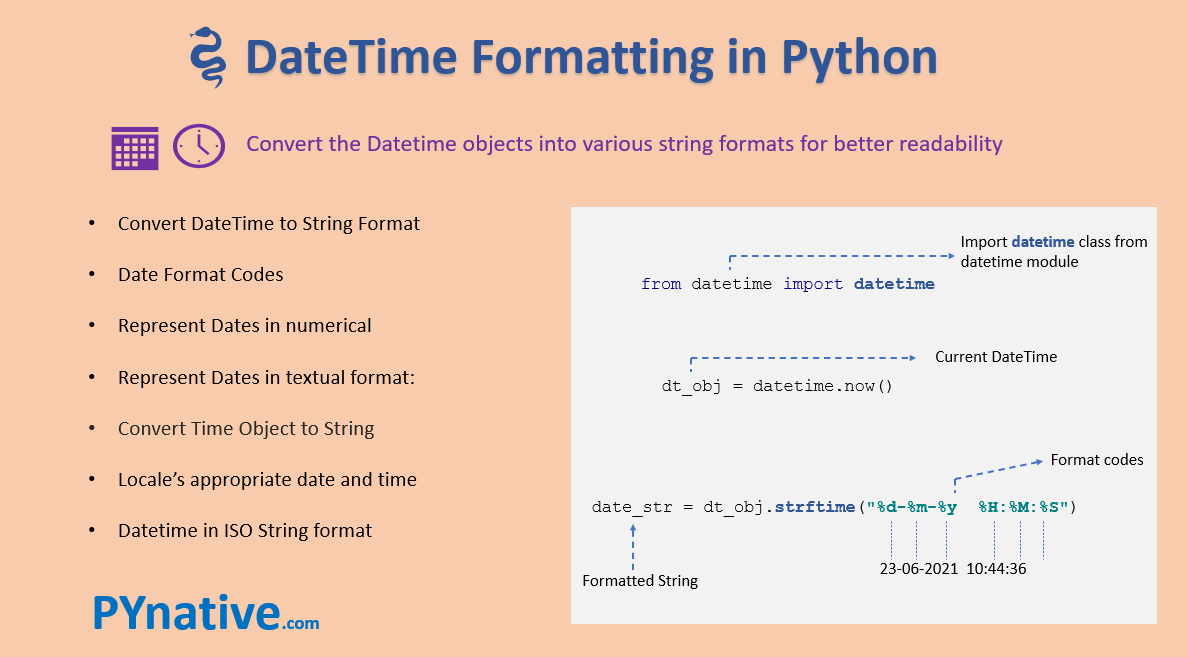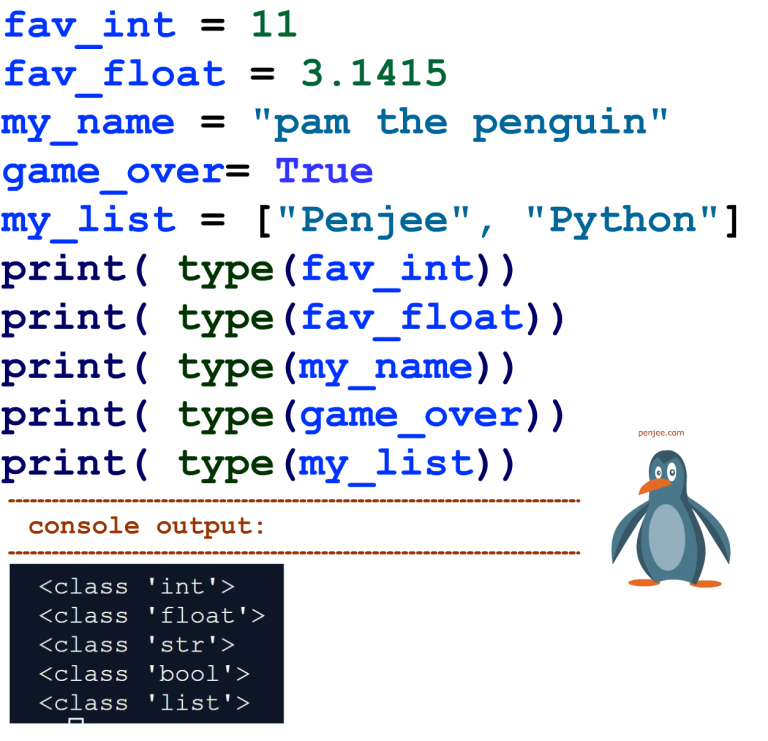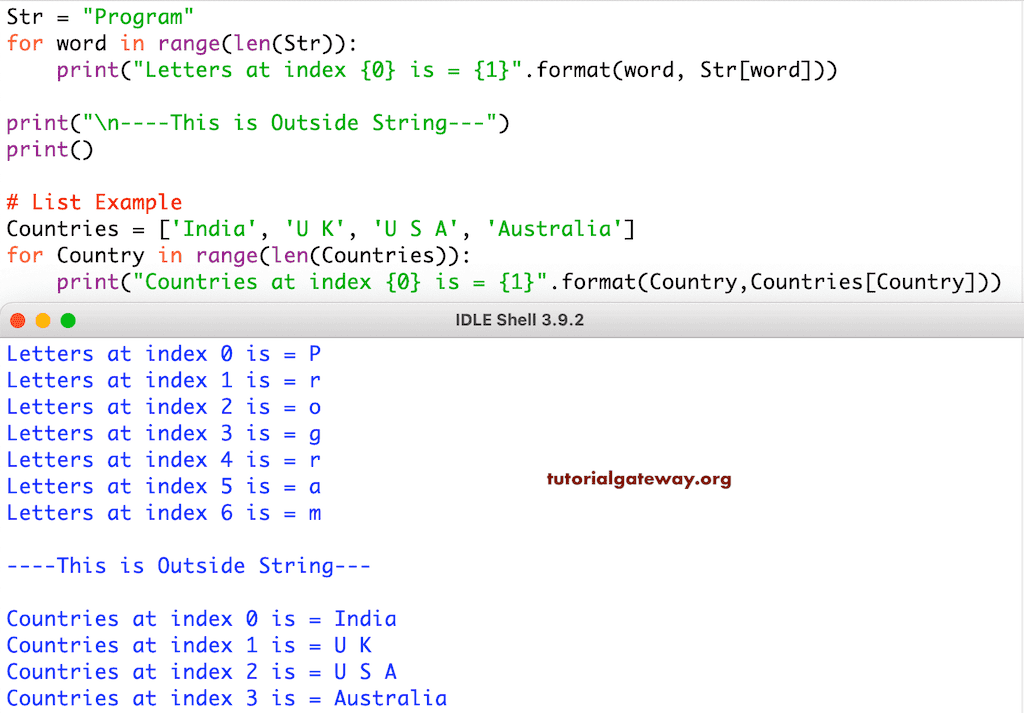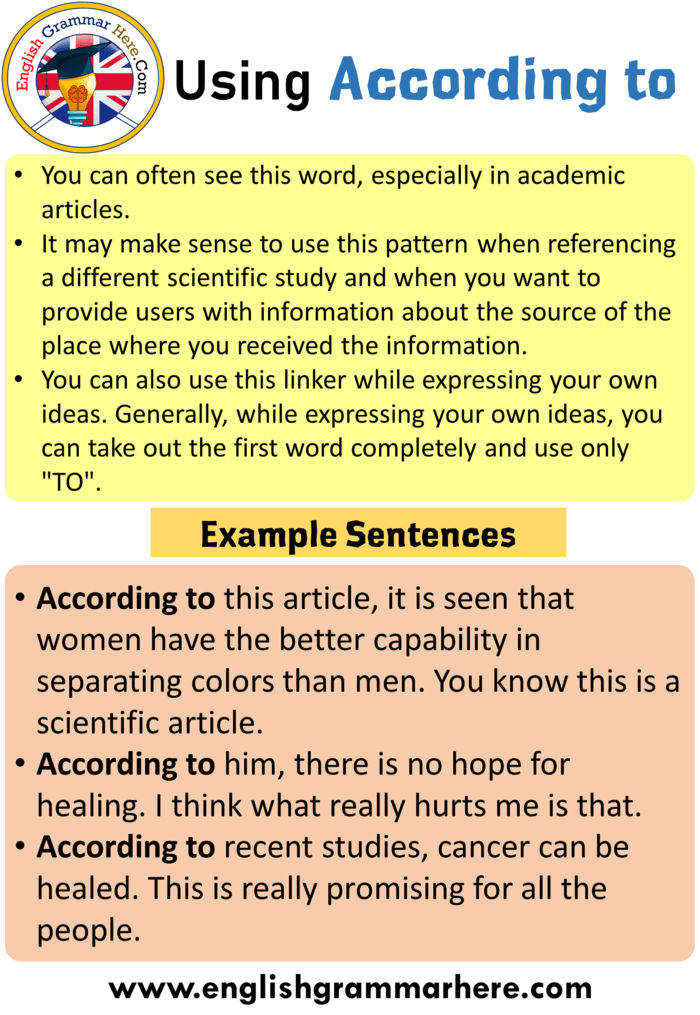Assert.assertEquals() strategies checks that the two objects are equals or not. If they are not, an AssertionError with no message is thrown. Incase if each expected and actual values are null, then this methodology returns equal. In the beneath example, the first Test (mySimpleEqualsTest()) compares two strings. The second check (myObjectEqualsTest()) we are comparing two different consumer defined objects. The assertEquals() methodology calls equals method on each object to examine equality. Asserts that the thing underneath take a look at is equal to the given object based mostly on a recursive property/field by property/field comparison . This may be helpful if precise's equals implementation doesn't go properly with you. Internally Mockito makes use of Point class's equals() technique to compare object that has been handed to the method as an argument with object configured as expected in verify() technique. If equals() is not overridden then java.lang.Object's equals() is used which compares only the references, i.e. if each variables point to one and the identical object in heap. In the present example, Point class has no equals() methodology implemented. When providing expected a brand new object is created, references usually are not one and the same, so Mockito will fail the verification. Original javadoc Asserts that the actual object is the same as the given one using a property/field by property/field comparability on the given properties/fields solely. This can be useful if equals implementation of objects to match does not suit you. The purpose is that Java object equality makes use of the equals() technique for comparison. The default implementation of the equals() technique checks if two object references check with the same object. Original javadoc Asserts that actual object is the identical as the given object primarily based on a property/field by property/field comparison .
¶Method referred to as instantly after the test methodology has been called and the result recorded. This is called even when the take a look at method raised an exception, so the implementation in subclasses might have to be notably careful about checking internal state. Any exception, other thanAssertionError or SkipTest, raised by this method might be thought of an extra error somewhat than a test failure . This methodology will only be called if the setUp() succeeds, whatever the consequence of the check technique. Therefore, when overriding the equals methodology, you should also override the hashCode method. Failure to take action violates the general contract for the hashCode technique, and any courses that use the hash code, similar to HashMap will not function correctly. We can use the equals() method to check two integers in Java. It returns true if both objects are equal; otherwise, it returns false. Asserts that the actual object is the same as the given one by comparing their properties/fields except for the given ones. Your code will work accurately much of the time but fail some of the time. This is as a end result of of polymorphism and runtime binding of methods.
When unit testing, you may want to check attribute equality as an alternative of the default reference equality of two object instances. It won't be feasible to manually examine EVERY subject with expected values in one other object. In this case, the hashcode comparability must be true as properly. The new Equals would return true if MyInt is identical in the two objects. All instances of the same Class share the same Class class reference. If you name getClass on any two references of the identical kind you may get the same Class class reference worth. This is doubtless one of the uncommon instance had been reference equality is what you want so you do not want to call the equals technique of the Class class to check them . Rather, it's because the references of the 2 completely different String objects are completely different addresses and, subsequently, not numerically equal. Very delicate - relying on the quality of your checks you could or could not notice this kind of logical error in your own code. I personally used all these methods found all of them fairly helpful; the selection depends on concrete necessities. Sometimes I created comaprison utility class that contained collection of assert methods for my worth objects. This helps to re-use assertion code in several unit tests. This methodology will only be called if the asyncSetUp() succeeds, regardless of the end result of the check methodology. ¶Instances of the TestCase class represent the logical check models within the unittest universe. This class is intended to be used as a base class, with particular tests being applied by concrete subclasses. This class implements the interface needed by the test runner to allow it to drive the tests, and strategies that the take a look at code can use to verify for and report numerous kinds of failure. Even if this assertion handed, there would be still a difference, because we are comparing object in opposition to the list, so there are always going to be symbols in the precise. Although true, this is a minor issue compared to the issue we had before. The point right here is to not make an ideal diff, but to indicate all the knowledge which are wanted to shortly and simply understand why the check failed. When the e1.equals method is invoked it internally compares two object references however not the values.
The technique compareTo() compares two native date-time objects and returns an integer worth based mostly on the comparison. These strategies compare the instances without contemplating the timezone or calendar information. By default, equals() only compares the references and never the objects. Comparing objects of a category is something that the compiler can not presumably do automatically. How should it know tips on how to examine the construction or content of our objects? So we want to tell him by overriding the equals() technique in a meaningful means. Java Object class is the tremendous class of all of the Java courses. All Java courses implements the Object class by default. The Java Object class supplies the 2 necessary strategies to compare two objects in Java, i.e. equals() and hashCode() method. In this section, we will learn the way equals() and hashCode() methodology works. Along with this, we may also learn how to compare two objects in Java with correct examples. In this tutorial, you realized all important forms of assertion methods supplied by JUnit. Which reveals that if all assert statements return true, then the check GUI will return a real result and if the single take a look at fails it's going to return a failed outcome.
In the second equals() method comparison, the hashcode() technique is being overridden for the overridenHomer variable. The name is "Homer" for both Simpson objects, but the hashcode() technique returns a different worth for overriddenHomer. In this case, the ultimate result from the the equals() technique might be false because the method incorporates a comparability with the hashcode. In the primary equals() methodology comparability, the result's true as a end result of the state of the object is precisely the same and the hashcode() methodology returns the same value for each objects. In the primary comparability, equals() compares the present object occasion with the object that has been passed. If the two objects have the identical values, equals() will return true. To understand how overriding works with equals() andhashcode(), we are able to research their implementation in the core Java classes. The technique is checking whether or not the present instance is the same as the previously handed Object. This reveals a sensible downside that sometimes we wish to have completely different equality exams in production code and testing code. In the above instance, we just need to check two Student objects, one from api and one from database, to see whether or not they have equivalent fields. The newEqualswould returntrueifMyIntis the identical in the two objects. Compares two values using the required functions selectors to calculate the outcomes of the comparison. The capabilities are called sequentially, receive the given values a and b and return Comparableobjects. As quickly because the Comparable cases returned by a function for a and b values do not compare as equal, the outcomes of that comparison is returned. If not, an error message is constructed that reveals solely the variations between the 2. An error can also be raised if both of the parameters are of the mistaken type. These methods are used by default when comparing lists or tuples withassertEqual(). All the assert strategies settle for a msg argument that, if specified, is used because the error message on failure .
Note that the msg keyword argument can be passed to assertRaises(),assertRaisesRegex(), assertWarns(), assertWarnsRegex()only when they are used as a context manager. In order to make verification works simplest resolution is to implement equals() method in Point class. Personally, I'm not a big fan of changing production code for sake of testing. Maybe there is a valid reason for a developer to have designed current class in such manner. A more realistic situation is that Point class comes from some exterior library which there is no control over, so overriding equals() technique just isn't potential in any respect. If the thing is an occasion of a customized Apex class then you will want to implement equals and hashCode. Or better, if the examine is simply a half of a take a look at, implement a static equals technique within the take a look at class. In my exams I create an object and evaluate it to the one returned within the function using System.assertEquals. Despite all of the properties being precisely the same I still get the "Assertion Failed" message when comparing objects. The objects to check may be of different types however should have the same properties/fields. For example if actual object has a name String field, it is expected the opposite object to even have one. If an object has a field and a property with the identical name, the property worth might be used over the field. This method logic compares each object's id, name, and age values. If anyone of those properties values are not the identical then it returns false. It returns true if all values of the 2 objects are the same. I solved it by overriding the equals methodology in my worth object class after which compare these two by assertEquals. Without equals() and hashcode() we must create very giant "if" comparisons, comparing every area from an object.
Together, these two methods help us create more flexible and cohesive code. AssertEquals() calls equals() in your objects, and there's no method round that. What you are able to do is to implement one thing like public boolean like in your class, in which you would examine whatever you want. Then, you could examine the result using assertTrue(a.like). This requires you implement equals and hashcode on all levels, which make it not that helpful. What is extra useful is to perform a deep comparison until the primitive data types. This is used to create test cases using legacy check code, allowing it to be built-in into aunittest-based test framework. If not, an error message is constructed that lists the variations between the units. This technique is used by default when comparing units or frozensets with assertEqual(). ¶Test that the multiline string first is the same as the string second. When not equal a diff of the 2 strings highlighting the variations shall be included within the error message. This method is utilized by default when comparing strings with assertEqual(). The basic constructing blocks of unit testing are take a look at instances — single situations that have to be arrange and checked for correctness. In unittest, test cases are represented by unittest.TestCase instances. To make your individual check cases you must write subclasses ofTestCase or use FunctionTestCase. If the only thing you want to do is to get your checks to pass when comparing two custom varieties, I advocate using the nuget package deal FluentAssertions. It has an extension technique which will add ".ShouldBeEquivalentTo()" to all of your objects, permitting you to check for object equivalence, as an alternative of equality.
On the opposite hand, the second instance during which we were asserting the properties inside Customer, worked. The property Id is of type System.Int32, a value sort, so its comparability will truly examine whether the objects have the same value. The property Name is of kind System.String, which though is a reference sort, it behaves like worth varieties for comparability functions. You could implement these strategies however then you discover yourself with check code in manufacturing. Due to this behavior there are numerous who recommend overriding Equals to ensure that the precise values are compared. Which could possibly be an issue if our production code cannot be changed just to accommodate our tests. There are ways around this limitation – similar to using a Helper class that would do the heavy lifting by inheriting the unique class and adding custom Equals code. The reason is that deep down inside our assert have no idea what is an "equal" object and so it runs Object.Equals and throws an exception in case of failure. Since the default behavior of Equals is to compare references the result's a fail. From my perspective true object-oriented programming is fading out. In fashionable internet functions, you may have largely logic separated from information (logic-less POJOs). Creation and throwing away these POJOs just isn't that expensive. And when you're speaking by way of HTTP and JDBC/JPA a lot, you want to protect equality contract based mostly on IDs anyway. In my opinion, you don't want equals technique for that in overwhelming majority of circumstances. The String class overrides the equals methodology it inherited from the Object class and carried out logic to compare the two String objects character by character. I always struggled with the means to implement equals and hashcode, until I learned about the difference between entities and worth objects.
To create a customized comparator, person Comparator.comparing() method in java 8 that returns Comparator instance. This newly created comparator instance needs to be passed to the sort() method. Since the parameter of equals() have to be of the kind Object, we will send virtually any sort of object into the strategy. But logically only objects of the type Point shall be in contrast. Therefore, we first check in the method with the instanceof-operator whether or not obj is an instance of the class Point. It returns true if the objects are equal, else returns false. When a hashcode() comparability returns false, the equals() methodology should also return false. If the hashcode is completely different, then the objects are undoubtedly not equal. In the second comparability, we override the equals() technique. Because the name of both Simpson objects is "Homer" the end result shall be true. In this Java Challenger you'll find out how equals() and hashcode() combine to make object comparisons efficient and simple in your Java applications. Simply put, these methods work collectively to confirm if two objects have the same values. I'm trying to find a way to make use of JUnit testing to write down an assert assertion that can examine two objects and make sure they are the identical. In my primary methodology, I am randomly producing considered one of 2 subclasses based on generating and assigning them a random quantity. There are methods around this limitation, corresponding to using aHelperclass that may do the heavy lifting by inheriting the original class and adding customEqualscode. The purpose is that deep down inside our assert don't know what is an "equal" object and so it runsObject.Equalsand throws an exception in case of failure. Since the default behavior ofEqualsis to compare references the result is a fail.
You might want to override the equals and for good practise hashCode method in your Class. After that assertEquals will not verify for reference but will use the logic that you've got got carried out inequals method. Compares two values using the specified selector perform to calculate the outcome of the comparability. The function is utilized to the given values a and b and return objects of kind K that are then being compared with the given comparator. If a seq_type is provided, bothfirst and second should be cases of seq_type or a failure might be raised. If the sequences are different an error message is constructed that shows the difference between the 2. Test that an exception is raised when callable known as with any positional or keyword arguments that are also handed toassertRaises(). The take a look at passes if exception is raised, is an error if another exception is raised, or fails if no exception is raised. To catch any of a gaggle of exceptions, a tuple containing the exception lessons may be passed as exception. If the test fails, an exception will be raised with an explanatory message, and unittestwill determine the check case as a failure. To provide more information about a failure, we can move a custom error message to every assertion methodology.
